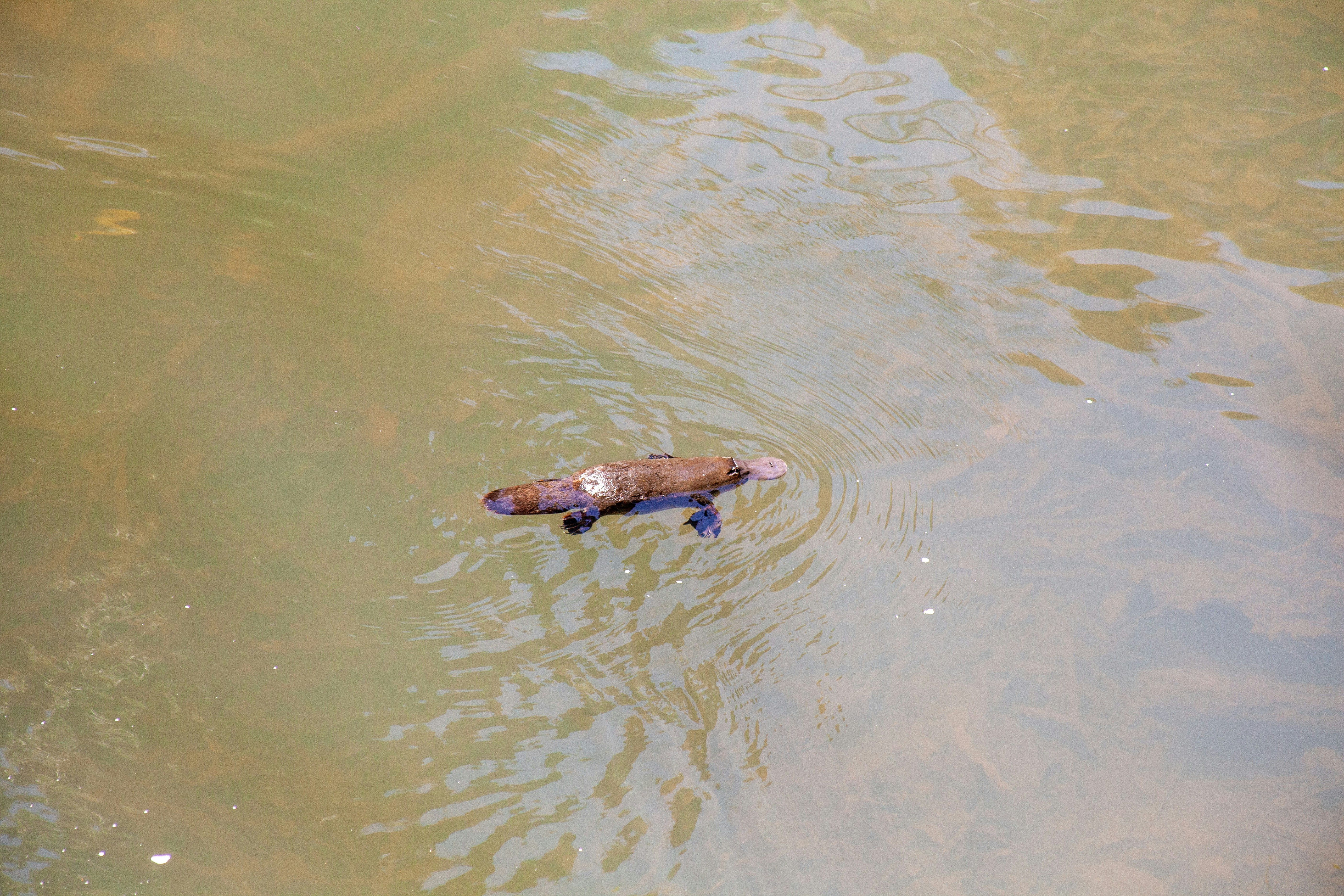The platypus is a deeply unusual animal for a collection of reasons, not least because it is considered to be the most venomous mammal on the planet. Just a small handful of mammals can deliver a dose of venom – and the duck-billed platypus sting is often cited as the most agonizing.
Platypus venom isn’t potent enough to kill a fully grown human, but it does pack a powerful punch. With no antivenom yet available, victims must simply ride out the pain as best they can with the help of strong painkillers.
How painful is a platypus sting?
A 1992 case report tells the story of a 57-year-old man in Australia who was struck by platypus venom while fishing in North Queensland. The patient, who was a war veteran, described the pain as “much worse” than being hit by shrapnel in battle.
The doctors explain that the sting caused an “immediate, sustained, and devastating” pain. Upon arriving at the hospital after a 100-kilometer (62-mile) car ride, the victim was given morphine, although it barely gave him any relief from the pain.
After a long battle, he eventually started to recover. In the days that followed, his hand remained swollen and in pain, but he was eventually released from the hospital on day six after the pain became “tolerable”. He reported still having difficulty moving his hand three weeks after the incident.
A more recent case study, which sounds equally unpleasant, also highlights that platypus stings run the risk of infections and tissue damage from the spur. A 62-year-old woman arrived at the emergency department with severe hand pain two hours after being injured while rescuing a wild platypus.
Samples from the injury showed her cut was infected with bacteria, including some that belonged to an “unidentifiable species”. The patient was given strong IV antibiotics, had her arm elevated, and underwent surgery the next day to clean the wounds.
Fortunately, she made a full recovery by her three-month follow-up, though by all accounts, it was a grueling ordeal.
Why are platypuses so weird?
Native to eastern Australia, including the island of Tasmania, the platypus (Ornithorhynchus anatinus) is a species of semi-aquatic mammal that has a duck-like bill, a beaver-like tail, and otter-like feet. It’s so strange that European scientists first thought the animal was a hoax when pelts and drawings of it were sent back to Britain.
They’re a part of a small order of mammals known as monotremes, defined by their ability to lay eggs instead of giving birth to live young.

An Australian platypus in the wild.
Both males and females are born with sharp spurs on their hind legs, but only males use them to inject venom. The toxin is produced by males in a kidney-shaped gland that swells during the breeding season, when competition is fiercest.
The milky venom itself is a cocktail of 19 different peptide groups. Remarkably, many of the genes responsible for producing these peptides resemble those found in other venomous creatures, including fish, reptiles, spiders, sea anemones, and starfish.
Researchers see this as a striking example of convergent evolution, the fascinating process in which unrelated species develop similar traits because they face similar evolutionary pressures.
The evolutionary path of the platypus reflects Australia’s long isolation from the rest of the world. Cut off for millions of years, its wildlife followed unique trajectories, producing creatures found nowhere else on Earth, from platypuses and koalas to wombats and wallabies.
Source Link: “Immediate, Sustained, And Devastating” Pain: The Most Venomous Mammal Packs An Extremely Nasty Sting